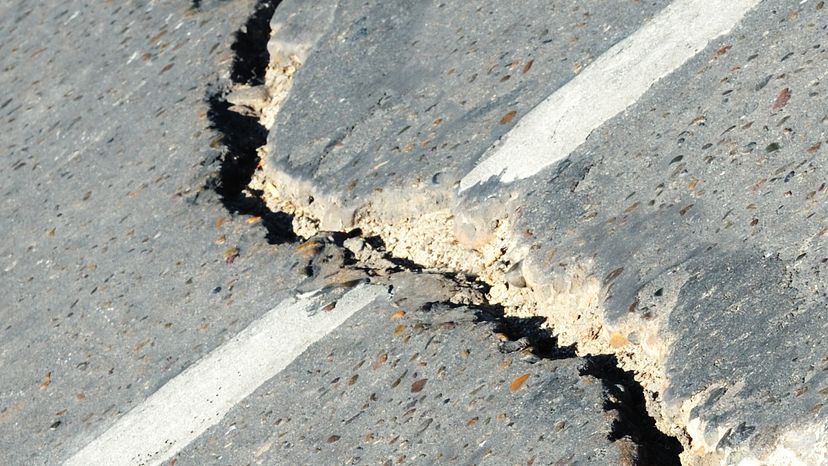
Because most driveways are subjected to the elements on a full-time basis, they do occasionally experience cracks. Driveway cracks are most common in regions of the country that experience freeze/thaw cycles which wreak havoc on concrete and other solid ground materials. In most cases, cracks in the driveway aren't a serious problem and can be fixed with relatively simple solutions. The key is fixing a driveway crack before its condition is worsened by moisture entry, erosion of the underlying ground or subsequent freeze/thaw cycles.
If you happen to have a gravel or dirt driveway, then you don't need to worry about cracks. Potholes, bumps, and dips, however, can form quickly in gravel and dirt driveways. Water is also the main culprit that causes these problems, so regardless of your driveway's material, try to ensure that water can drain easily away from the area. Dirt and gravel are very simple materials with which to work, so the problems that arise will be simple to repair. In most cases, you will only need to add more or dirt or more gravel, but there can be a bit more to it.
Advertisement
Be sure to read the instructions and safety precautions when using any specific products to repair cracks in your driveway. In many cases, the materials used for these repairs require special safety precautions. Depending on your chosen method of repair, the job may also require special tools or equipment. At a basic level, the materials you'll likely need to fix a crack in your driveway include:
- Appropriate protective clothing
- A small hammer (either a mason’s hammer or a small, hand sledge hammer)
- Protective goggles and gloves
- Broom
- Wire brush
- Mason's chisel or large flat screwdriver
- Pointing trowel
- Air compressor, canned air or shop vac
- Water (either from a garden hose or a spray bottle filled with water)
By taking the time to repair the crack, you can help avoid more serious and costly driveway issues. In this article, we'll show you how to fix driveway cracks by reviewing the techniques used in the three most common types of driveways -- concrete, asphalt and brick pavers.


